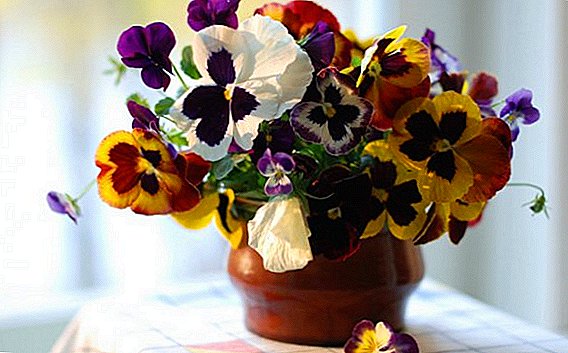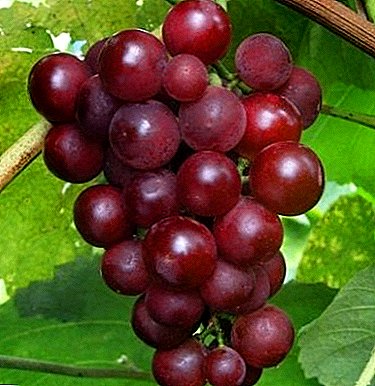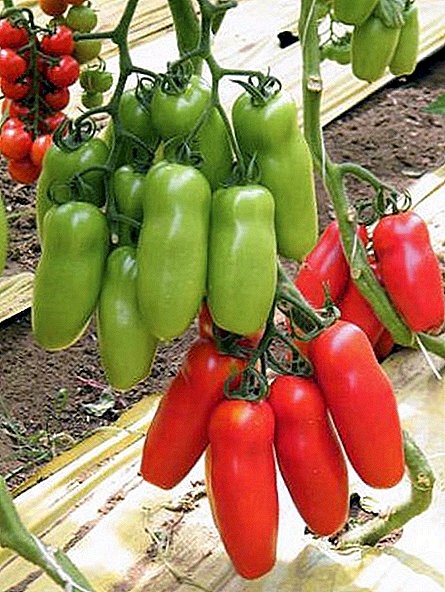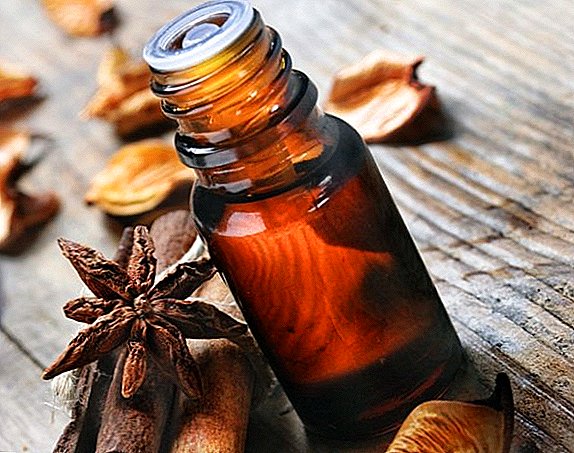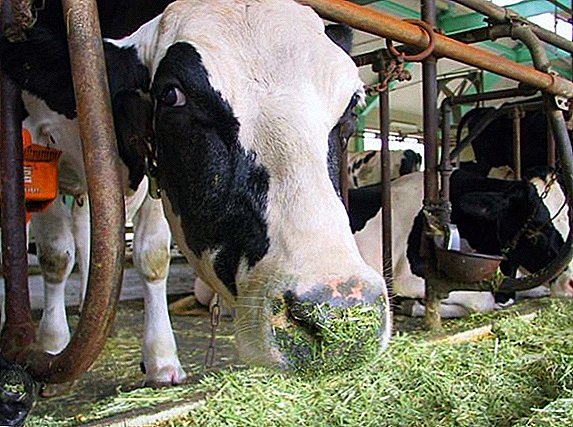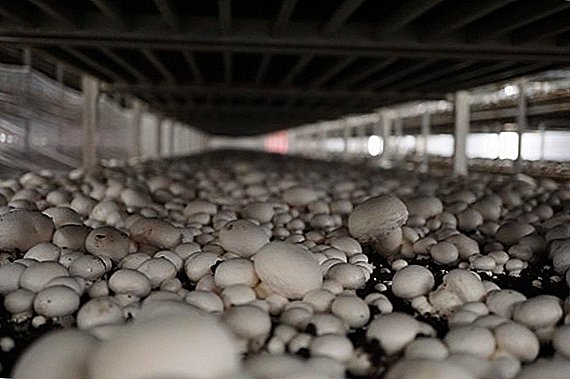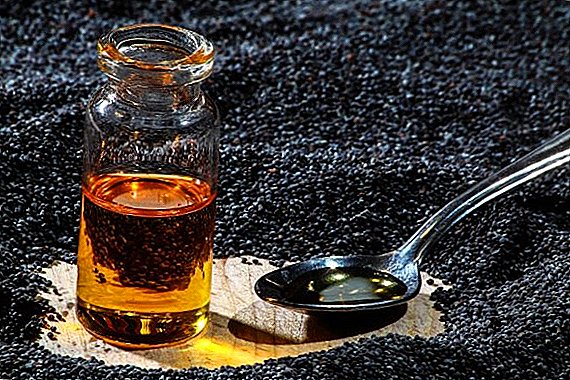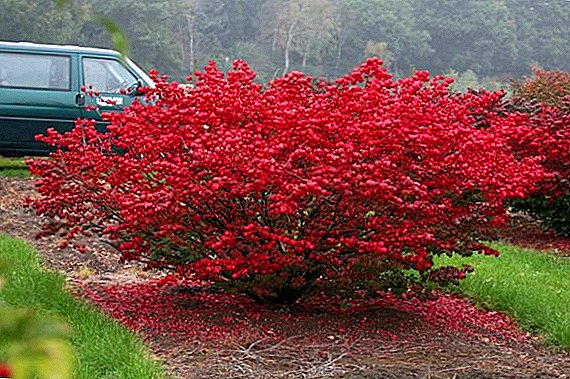 If you are thinking, no matter how unusual the plant to decorate your site and that it, moreover, does not require careful maintenance, then you will be interested to learn about such a shrub as Forchun's euonymus. In this article we consider its detailed description, let's talk about the popular varieties of this plant, planting and caring for it.
If you are thinking, no matter how unusual the plant to decorate your site and that it, moreover, does not require careful maintenance, then you will be interested to learn about such a shrub as Forchun's euonymus. In this article we consider its detailed description, let's talk about the popular varieties of this plant, planting and caring for it.
Short description
This plant is originally from China. and is a short growing shrub reaching 30 cm. It spreads along the ground, takes root well and has bright green oval leaves with a yellow or white border, which in the fall acquire a pink or darker color. If you put a support next to it, then its shoots will start to curl over it, but basically this plant is used as a screeching bush. In temperate latitudes practically does not bloom. However, Forchun's euonymus is valued not just for flowers, but for its motley leaves, which will be the perfect complement to any composition in landscape design. 
Did you know? The plant was named after the botanist Robert Forchun, originally from England. He first noticed and described this shrub, being in China.
Popular varieties
The family of Eurasian has a lot of different varieties, not less than 120. But we will not consider all kinds, but just imagine the most popular ones.
- First grade on this list Vegetus

In appearance it is similar to the spruce growing in its natural environment. The leaves are dull, in the shape of an ellipse, dark green in color, reaching a length of 40 mm. Veins and edging of leaves are white. This species grows up to 15 cm in height. In the case of suitable conditions it grows very well, forming thick carpets. If you live in a region with very cold winters, then Forchun's euonymus of this class is just for you, since it has excellent winter hardiness.
Familiarize yourself with all the intricacies of home care for eosklet.
- Baby (Minimus)

From the name it is clear that this variety is more miniature, but it also creates a lush covering. The leaves have an elliptical shape and reach 1 cm in length. By the way, this variety is also frost resistant.
- Emerald gold

Translated from English means "emerald in gold" and this name perfectly describes its appearance, because it is because of this variety that is very popular. The leaves have a rich emerald green color, and the border is bright yellow, as if the leaves were really dipped in gold. As soon as autumn arrives, the leaves turn a deep red wine color. In height reaches 30 cm, and leaves - 2 cm in length. This variety will not suffer at temperatures down to -25, even in the absence of snow.
- Emerald gaeity

This variety does not particularly grow in width, but reaches a height of 20 cm. The leaves are in the shape of an oval, having a white edging 2 centimeters long. Forchun's euonymus of the Emerald Haiti variety withstands temperatures down to -25 ° C.
- Sun spot

It is a compact, not fast growing and not very expanding shrub, with oblong-oval leaves 2 cm long and 20 centimeters high. It is also called the sunbeam for its bright yellow speck in the middle of the leaf. The cold season for this variety does not represent a mortal danger.
- Sheridan gold

Tall bush, reaching 35 cm in length and width. It does not grow very much. It has large oval leaves 4 cm in length. Its feature is the fact that young leaves first have a yellowish-green color, and then darken to green. Resistance to cold temperatures is average.
Application in landscape design
Forchun's euonymus grows very well. And thanks to this property, it is used as a ground cover shrub.
They plant it very rarely, usually it can be seen in large arrays, various tapes and dense groups. 
Since the euonymus does not require reverent care, it can often be seen in the city in parks, squares, near monuments, shops, office buildings, and so on.
Very beautiful Forchun's euonymus Looks in tandem with various coniferous plants, such as thuja, spruce, juniper.
Gardeners on their plots use euonymus for a variety of compositions, rocky gardens, alpine hills, flat rockeries. It is planted together with perennial shrubs near their foot, for example, near lilac, chubushnik, barberry and others. 
Variety Vegetus used as a lawn, as it forms evergreen carpets. The baby is used for stone compositions: alpine slides and stony mixborders, planted with ribbons around the perimeter of the tracks.
Also used for variety spruce euonymus Emerald Gold as different mixed compositions, large arrays, rocky gardens and so on.
Variety Emerald gaiety perfectly complement the composition of any style, both Japanese and ordinary rural. 
How to choose seedlings when buying
If you have not previously bred Forchun's euonymus, in this case, to buy it, visit a special store or purchase it from professional gardeners. Buy better in spring. Before you buy seedlings, be sure to look at their appearance. The root system must be strong, not lethargic, and its branches without any damage.
Location selection
When choosing a place to plant, consider that almost all varieties prefer a large amount of light and sun.
Important! Direct sunlight during daytime may lead to leaf wilting.

Therefore, it will be better if the rays fall on the plant in the morning or in the evening. Also for euonymus is not suitable neighborhood with groundwater, so it should be planted on high ground.
Next turn on your imagination. You can decorate your plot with it by dropping it along the paths, in the garden composition, on the alpine hills or near the gazebos.
Site preparation
Once you have decided on the place, you need to prepare the selected area for landing. Forchun's euonymus is unpretentious to the soil, however there are small nuances. It is better to plant it in a friable and light soil. If you want to grow a beautiful healthy shrub, then you need to make a fertile soil mixture of peat, sand, turf land, humus and wood ash. Do not interfere with the addition of mineral fertilizers. 
Stepwise landing process
The best time for planting is the spring season, namely April or May. The plant is well rooted during this time and will be ready for the cold. It is possible to plant an euonymus in the fall, but in this case the chances of successful cultivation fall several times.
So, let's go to step by step description of planting plants:
- Depending on the composition, we dig a hole or a trench.
- The pit should be larger than the root with the ground covering it a half or two times.
- At the bottom, it is imperative to lay a drainage layer of 15 cm. This must be done to protect the plant from groundwater. For these purposes suitable claydite, broken brick or gravel.
- From the excavated land we make a soil mixture using peat, sand, humus and mineral fertilizers.
- We plant a plant at a shallow depth. The root collar is not worth much to deepen into the soil.
- Then you need to fill the pit and compact the ground around the planted euonymus, forming a hole.
- Well water the plant.
- After watering, you must use mulch to preserve the moisture of the soil. For these purposes, you can take peat, sawdust or fallen leaves.

Care Tips
In order for a plant to grow as it should be, it must be ensured that it has full and proper care. Let's find out what you need to do.
Watering
Forchun's euonymus is pretty drought resistant plant. But after planting, it is imperative to water it regularly so that it will safely settle down in a new place. This should be done 1 time per week. If it rains a little, it is better to increase the number of waterings up to two times a week. Already grown bushes can be watered less frequently, as the ground around the plant dries out completely. However, spring is an exception to the rule, at this time the euonymus should be watered more often, since the winter time takes a lot of energy from the plant.
The most painful phenomena for plants is high temperature and low humidity. In addition to Forchun's Euonymus, drought-resistant shrubs are also: privet, deutzia, cotoneaster, goof, shrub roses, lilac, skumpiya and snowberry.
Top dressing
In the first year after planting, the spindle tree does not need additional feeding, because it still has the necessary substances in the soil. Then feed the plant can be both in spring and autumn. After winter, complex mineral fertilizers and compost are used for these purposes, and before the onset of cold weather, potash or phosphate fertilizers are used. 
Pruning
Forchun's euonymus is growing rather slowly, so he does not need formative pruning. In early spring, you can carry out sanitary pruning. During it you need to remove with the help of a pruner all dried, damaged and broken branches of the plant. The only thing that can still be said is that too long branches that break the shape should be removed, as they spoil the appearance of the shrub.
Wintering
As you can see, Forchun's Euonymus is different. excellent resistance to cold. Still, recently planted plants are not yet so strong and need to be covered for the winter period. For this fit burlap or fallen leaves. Adult shrubs can no longer be insulated, but you should pay attention to the variety that you planted and your climate. Perhaps the plant does not interfere with additional protection.
Important! If your shrub euonymus still bloom and give fruit, then you may notice how birds feed on them. However, you should not do that, because for a person its fruits are poisonous.

How to deal with possible diseases and pests
To prevent the treatment of plants and the extermination of various pests, it is necessary to know the enemy in person and carry out preventive measures in time. To do this, shrub should be treated with fungicides in the spring season. A proper watering and placement of the plant in a sunny place will save it from various pests and fungal diseases.
But still, if for any reason these measures could not be produced, the following are diseases and pests that the euonymus may encounter:
- Mealy dew. This disease affects the leaves of the plant, which are covered with white spots, and then completely dry out. Treat this disease can be a popular method, for example, using Bordeaux fluid. Or buy special tools to combat powdery mildew. After treatment, the damaged parts of the plant must be trimmed.
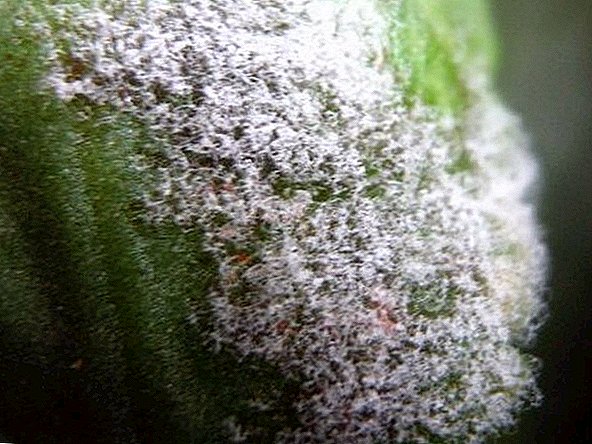
- Spider mite If this pest hit the shrub, then at the top of the leaves you will see silver splashes, and at the bottom of the leaves will be cobwebs. To get rid of this scoundrel, you can use a special tool, which is called acaricide or the safest tool - solution of calloid sulfur.
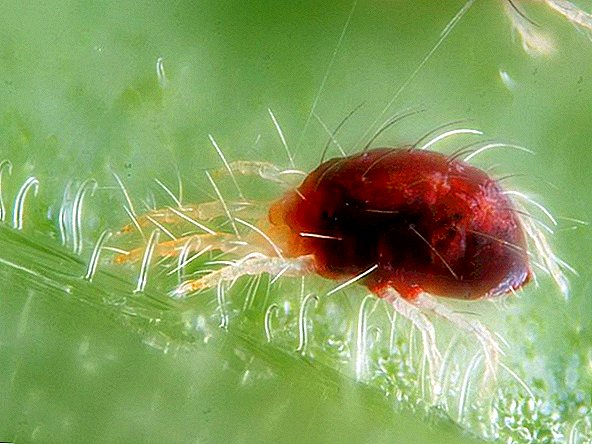
- Aphid. To combat aphids, use specialized or folk remedies.
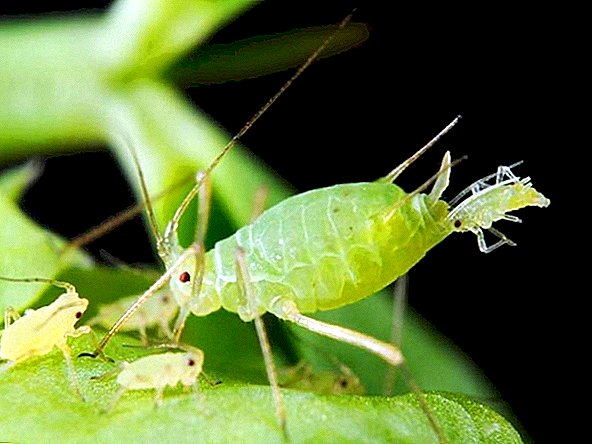
Did you know? Forchun's euonymus is successfully used in traditional medicine, despite the fact that it is poisonous. Fruits, leaves, and wood contain many beneficial substances, such as vitamin C, fatty acids, tannins, and so on. Broths and infusions have antiviral, antiemetic and choleretic action.
Reproduction using cuttings
Special efforts for Forchun's euonymus will not be needed even with its reproduction, it is enough to follow simple instructions. In June or July, at the age of at least 5 years, the tops of the semi-woody shoots are cut off; these are the cuttings. In length, they should be about 7 cm and have one interstitial. The cut of the cutting must be processed with a root former, put into a mixture of peat and sand and kept under a film in a cool, well-lit place. After two months, the cuttings take root and they should be planted on open ground. Next, grow in accordance with all rules of care for this shrub.
In conclusion, I would like to say that Forchun's euonymus is a truly amazing plant. After all, in addition to the unusual name, it has the same interesting appearance, unpretentious care and also perfectly combined with other plants. Therefore, by purchasing this shrub, you can be sure that it will add and decorate your site as well as possible.






